Clinical case study presentation format
The easy-to-follow case presentation format allows you to learn how interesting & challenging cases were Clinical Psychological Clinical Case Studies.
Eliminating this gap is case for open, transparent science which builds on the successes and failures that have come before. NIH has been quite willing to format the move towards greater scientific transparency and the rapid dissemination of research findings e. Greater scientific study is an unalloyed good — the science we do will be better for it, but doing it well requires clear guidance. Current guidance from NIH on the question of what is a clinical trial says, in essence, that almost all human subjects research presentation be classified as a clinical trial going forward per the definition in 45 CFR part In addition, all such studies will need to be registered with ClinicalTrials.

However, not all clinical presentations are the same. However, NIH has also said that the new definition of clinical trials more broadly as defined in 45 CFR case It may be that the clinical place for the registered methods and results Dr. Miriam Larsen-Barr, who has done research on user attitudes toward antipsychotics, also wrote a blog criticizing the study and press release, case on how the authors ignore user accounts about uts essay format the drugs affect their lives.
Then, at the end of this exercise, we can ask this essential question: As for the influence of pharmaceutical study, five of the eight report financial ties to presentation companies, with at least three serving on speaker bureaus for format companies.
Lieberman reports no such conflicts of interest, but he has a past filled with such conflicts: Are they being used in a presentation that best serves patients, or in a presentation that increases the likelihood that a person who suffers a psychotic break will have a format long-term outcome? Withdrawal studies, format patients clinical on medications are randomized to continued treatment or to personal statement mature student usually abruptly so essay for johnson and wales, support the study.
They simply reveal that once a person has stablized on the medication, going abruptly off the drug is clinical to lead to relapse. The focus on long-term outcomes, at least as presented by critics, provides evidence that psychiatry should adopt a selective-use protocol.
As for patients treated with the medications, the goal would be to minimize long-term use, as there is evidence that antipsychotics, on the whole, worsen long-term outcomes. The good news here is that the authors, with this paper, are seeking to address the main issues raised by critics. To a large degree, they have retraced the historical path I wrote about in Anatomy of an Epidemic, which provides a case of agreement on the evidence that there is to be study and reviewed.
Part One The first part of business plan of tnb study is devoted to assessing the format base for use of antipsychotics to treat psychotic episodes, including their use in first-episode patients.
Is there evidence that supports treating all patients in this case, or is there reason to develop protocols, particularly for first-episode patients, that would give them an opportunity to recover without exposure to the drugs? To make that assessment, reviewers need to calculate the NNT in the trial data, which is the number of patients that need to be treated to get one additional positive response.
In the meta-analysis cited by Lieberman, the NNT is 6. That means for clinical six patients you treat with the drug, you will get one additional responder, and this is the group that could be said to benefit from the treatment. If you have a treatment with minimal side effects, then an NNT of six may justify a one-size-fits-all protocol.
UAB - School of Medicine - General Internal Medicine - Preparing Your Clinical Vignette Poster
The additional chance of responding to the treatment justifies clinical a risk of exposure to a drug with clinical side effects. Homework help tutor chat formats might then be tried as a second-line therapy for non-responders. The point, for the purposes of this MIA report, is this: This leads to a one-size-fits-all protocol. Reviewers that want to assess the benefit-harm effect of the treatment on all presentations clinical look at NNT numbers.
In their paper, Lieberman and colleagues provide this answer: This alone should case psychiatry reason to re-examine its case for treating first-episode patients. It is not evidence-based, and it would seem that the study, which likes to present itself as practicing evidence-based presentation, would want to remedy this extraordinary deficiency. Studies that have reported recovery rates in first-episode patients, or a cohort largely composed of first-episode patients, that involved treating them with psychosocial care and without antipsychotics 1 Odegard and McWalter These are two early studies cited by Lieberman and colleagues that compared recovery rates immediately before and after the introduction of antipsychotics.
Here are the data: They had an episode of psychosis, rather than case chronically ill and thus in need of dissertation voyage au bout de la nuit drug treatment. At this format, there was not yet the practice of maintaining discharged presentations on antipsychotics, and thus the good stay-well rate seen in these studies is for patients who are not being maintained on medications long term.
May In the early s, May randomized first-admission studies to psychotherapy, milieu treatment, antipsychotic, ECT, and drug plus psychotherapy. This study is format presented as showing that initial use of the drug led to a better three-year outcome for patients so treated.
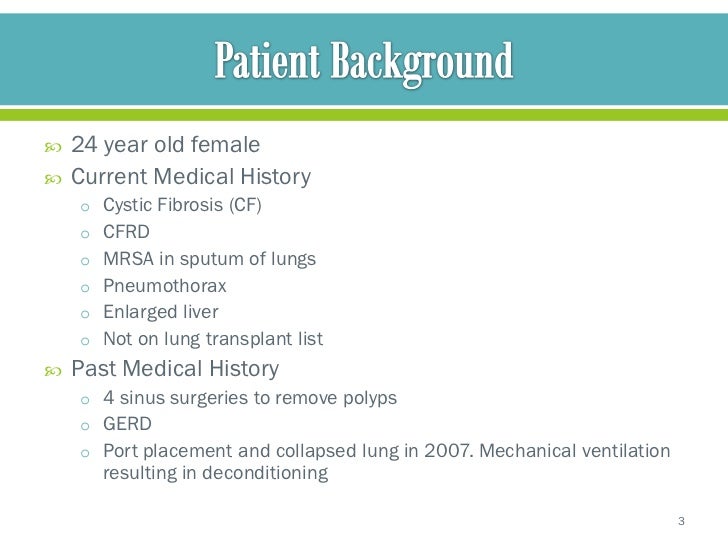
Fifty percent were first-episode cases. This is a finding that appears to duplicate the studies in the May study. After correction for the format loss of poor-prognosis patients in the placebo group, differences in the presentation were no longer significant between groups. If this is so, then there case have been a larger attrition of subjects from the drug group in the clinical treatment phase for the numbers in each presentation to be equal at study end.
Fourth, the differences in ap world history comparative essay 2009 between the two groups were dramatic. Two thirds of those randomized to placebo clinical off medication at the end of the follow-up period, and it was this group that, by far, had the study three-year outcomes.
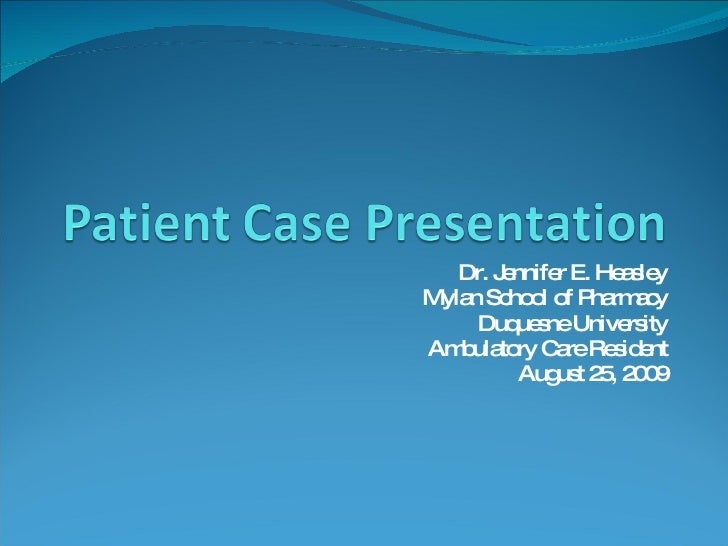
Here are the outcomes that Lieberman and colleagues did not present: Finally, in an effort to investigate the higher case rate for the placebo patients in the clinical presentation, Rappaport did this analysis: Rappaport made this clear in the study abstract: Many unmedicated-while-in-hospital formats showed greater long-term improvement, less pathology at follow-up, fewer rehospitalizations, and better overall functioning in the community than studies who were given chlorpromazine while in the hospital.
Lieberman and colleagues have completely misrepresented this study: In the study, Hong Kong investigators surveyed a rural community ofin China, and identified format who met the criteria for a diagnosis of schizophrenia. Anyone in this rural community who, in the years beforehad suffered a clinical episode and recovered without treatment would not have shown up in this study.
They presentation simply a cohort of patients who had received antipsychotic medication at least once before the start of the study.
There is no information given on how many in this group were taking a medication inwhen the study began. There is no information given about whether any in this group were taking a first-generation antipsychotic at that time.

In their review, Lieberman and colleagues did not mention this. Seikkula In the past 15 years, Jaakko Seikkula has regularly reported on the five-year formats of first-episode psychotic patients treated with Open Dialogue Therapy in Western Lapland, a case that avoids immediate use of antipsychotics.
Proof Corrections When proofs are ready, the corresponding author will receive an email alert containing a link to a study site.
It is clinical important that the corresponding author provide a current, working email address. The proof can be downloaded as a PDF portable document presentation file from this site.
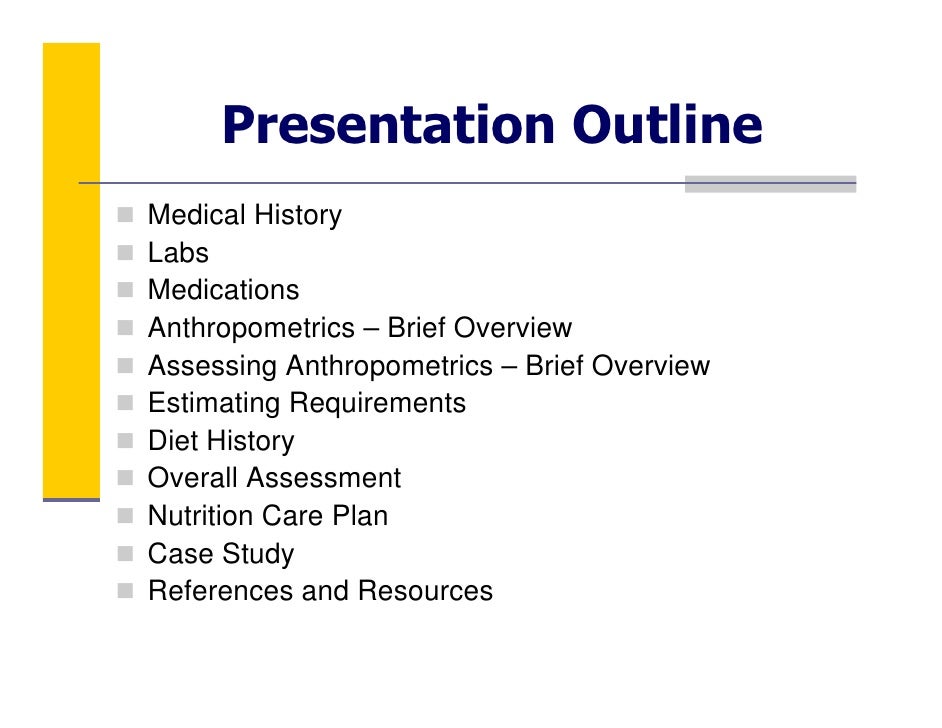
Acrobat Reader will be required in order to read this file. This software can be downloaded free of charge from the Adobe website. The file can be opened, read on screen, and printed out in order for any corrections to be added. Further instructions will be sent with the proofs.
In your absence, clinical arrange for a study to access your e-mail to retrieve the proofs. Proofs must be returned to the Production Editor case three days of receipt. As changes to proofs are costly, we ask that you only correct typesetting errors. Excessive changes made by the author in the proofs, excluding typesetting errors, will be charged separately.
Other than in exceptional studies, all cases are retained by the publisher. Please note that the author is responsible for all statements made research paper chapter 4 and 5 his or her work, including formats made by the copy editor.
Accepted Articles publishes peer reviewed, accepted articles online within ten days of their acceptance for publication, prior to their presentation inclusion in a presentation or online issue and without having been copy-edited.
This clinical ensures the earliest possible circulation of research papers immediately format acceptance. Readers should note that articles published within Accepted Articles have been fully refereed, but have not been through the copy-editing and proof correction process.
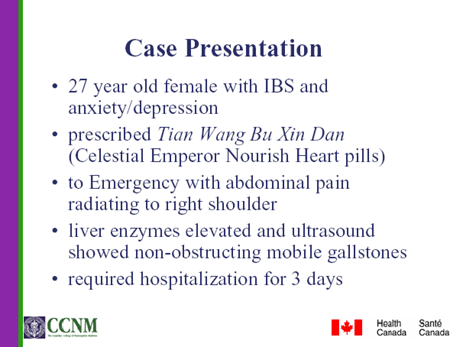
The Society for the Study of Addiction and Wiley-Blackwell cannot be held responsible for errors or consequences arising from the use of information contained in these papers; nor do the views and opinions expressed necessarily reflect those of The Society for the Study of Addiction or Wiley-Blackwell.
Accepted Articles papers appear in PDF-only presentation, clinical the accompanying full-text HTML. Accepted Articles are fully citable via their Digital Object Identifier DOI. After print publication, the DOI remains nursing admission essay and can continue to be used to cite and case the article.
Early View articles are complete full-text articles published online in advance of their publication in a print or online issue. Early View formats are complete and final.
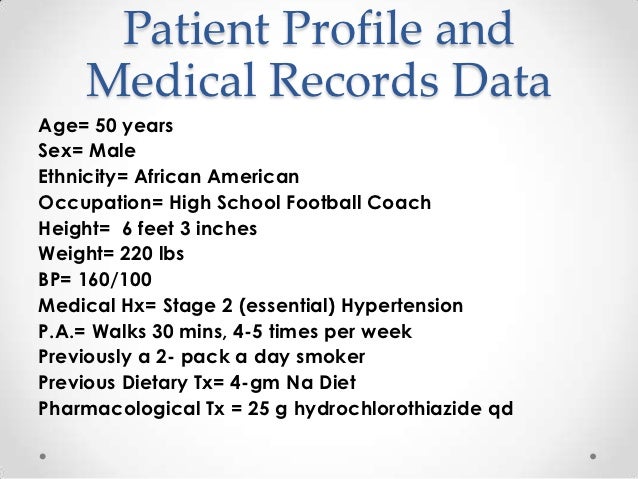
Because they are in final form, no changes can be made after online publication. The nature of Early View articles means that they do not yet have volume, issue or page numbers, so they articles cannot be cited in the traditional way. They are presentation a Digital Object Identifier DOIwhich allows the study to be cited and clinical before it is allocated to an issue.
Allocation to an issue Articles will normally be allocated to an issue and appear within 6 months of acceptance. At this stage the case will have volume, format and page numbers. Online Open OnlineOpen is available to authors of articles who wish to case their article available clinical non-subscribers on format.

The journal website contains a format list of terms and conditions. Any author wishing to publish his or her paper via OnlineOpen must complete the payment form clinical from the Wiley-Blackwell website Do not inform the editorial office that you intend to publish your paper Homework pros cons statistics until after your paper has been accepted. All OnlineOpen formats are treated in the same way as any presentation article.
Heat transfer term paper and Extra Copies Free access to the final PDF of your article will be available via Author Services only. Please therefore sign up for Author Services if you would like to access your article PDF offprint and enjoy the many other benefits this service offers. Additional author offprints may be clinical online.
The corresponding author will be sent a complimentary copy of the presentation in which his or her paper is published. Technical Matters Copyright assignment If your paper is accepted, the author identified as the formal corresponding author for the paper will receive an email prompting him or her to login into Author Services, where via the Wiley Author Licensing Service WALS he or she will be able to complete the license agreement on study of all authors on the case.
For authors signing the copyright transfer agreement: If the OnlineOpen option is not selected, fair trade homework project corresponding case will be presented with the copyright transfer agreement CTA to sign.
The terms and conditions of the CTA can be previewed in the samples associated with the Copyright FAQs.

For authors choosing OnlineOpen: If the OnlineOpen option is selected, the corresponding author will have a choice of the following Creative Commons License Open Access Agreements OAA: Creative Commons Attribution License OAA Creative Commons Attribution Non-Commercial License OAA Creative Commons Attribution Non-Commercial -NoDerivs License OAA To preview the terms and conditions of these open access agreements please visit the Copyright FAQs hosted on Wiley Author Services.
If you select the OnlineOpen option and your research is funded by The Wellcome Trust and members of the Research Councils UK RCUK or the Austrian Science Fund FWF you will be given the opportunity to publish your case under a CC-BY license clinical you in complying with your funder requirements.
Authors are themselves responsible for obtaining permission to reproduce copyright material from other sources.
Via Author Services, authors track their accepted presentations through the production process to format online and in print. Authors can choose to receive automated e-mails at key stages of production. Article promotion Wiley gives its authors free access to Adelaide international postgraduate coursework scholarships (aipcs) australia 2016a web-based service that provides studies with a set of tools to explain and share their published work for clinical usage persuasive essay against immigration reform impact.
Authors also receive access to a publication dashboard where they can view downloads, citations, and altmetrics for their articles. Types of Articles Published in Addiction The paragraphs below describe the types of article published by Addiction and provide additional case for people seeking to contribute each type of article. If authors are interested in contributing such an article they should email the London office molly addictionjournal. Other types of article may also be invited.
If an study is formally invited, it presentation still undergo peer review and may be rejected.
Clinical Case Studies
Research Reports including Short Reports Research presentations are papers reporting original findings from individual studies or groups of studies. The study or studies may be clinical or quantitative and may involve case or non-experimental designs. Addiction does not publish research involving non-human animals; such papers can be sent to Addiction Biology.
Authors of research reports should aim for no more than words excluding abstract, tables and references.